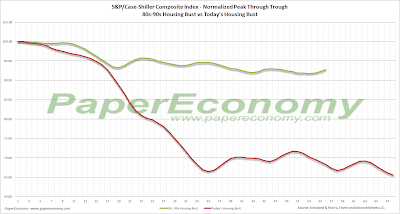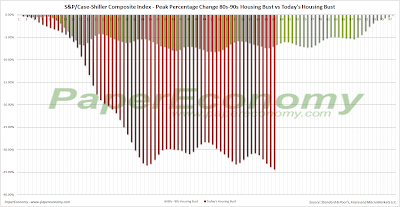 Today's final release of the Reuters/University of Michigan Survey of Consumers for March indicated an increase in consumer sentiment with a reading of 74.5 and climbing 12.89% above the level seen last year while one year inflation expectations jumped to 3.9%.
Today's final release of the Reuters/University of Michigan Survey of Consumers for March indicated an increase in consumer sentiment with a reading of 74.5 and climbing 12.89% above the level seen last year while one year inflation expectations jumped to 3.9%.
The Index of Consumer Expectations (a component of the Conference Board's Index of Leading Economic Indicators) declined to 69.8, and the Current Economic Conditions Index climbed to 86.
It's important to recognize that consumer sentiment has seriously eroded over the past few months with the current results remaining near levels not seen since 1980, a major indication that consumers are in the process of tightening even further on spending.

















